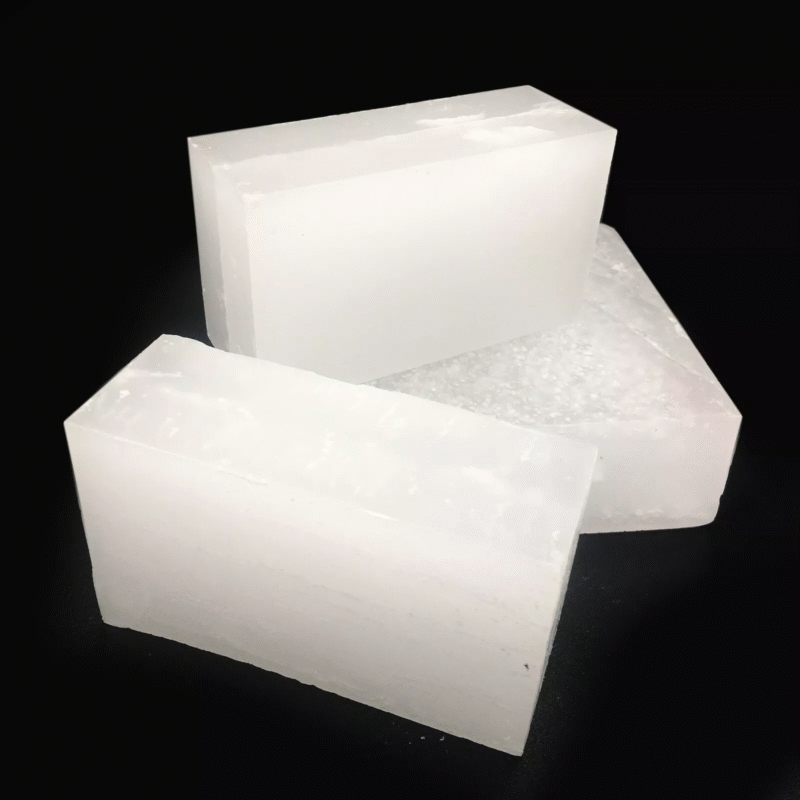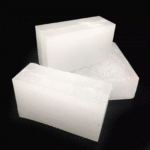What is Wax and Paraffin? Properties, Types, and Applications Explained
Wax and paraffin are two related substances commonly used in various industries for their unique properties and applications. While they share similarities, they also have distinct characteristics and uses.
What is Wax?
Wax is a versatile, organic material that remains solid at room temperature and melts when heated. Waxes can be natural (like beeswax, soy wax, or carnauba wax) or synthetic (like paraffin wax and microcrystalline wax), each with distinct properties tailored to specific applications.
Wax is a natural or synthetic organic compound that is solid at room temperature and melts when heated. It is derived from various sources, including plants, animals, and petroleum. Beeswax and carnauba wax are examples of natural waxes, while paraffin wax is a commonly used synthetic wax.
What is Paraffin?
Paraffin usually refers to paraffin wax, a colorless or white soft solid derived from petroleum refining. It’s known for its clean burning, low reactivity, and moisture resistance, making it ideal for products like candles, packaging, and cosmetics.
Paraffin, on the other hand, refers specifically to a type of hydrocarbon mixture that is derived from petroleum. It is a byproduct of the crude oil refining process and is often further processed to obtain different grades of paraffin wax.
Applications of Wax and Paraffin
Solid at room temperature:
Both wax and paraffin are solid substances at normal room temperature, which makes them suitable for various solid forms, such as candles, coatings, and polishes.
Melting point:
Wax and paraffin have different melting points depending on their composition. This property allows them to be melted and used in various applications where a liquid form is required, such as in wax melts, crayons, and lip balms.
Water resistance:
Wax and paraffin exhibit water repellent properties, making them suitable for applications where moisture protection is required. They are often used in the production of waterproof coatings, sealants, and packaging materials.
Lubrication:
Both wax and paraffin have lubricating properties, which make them useful in applications where reduced friction and smooth movement are desired. They can be found in various lubricants, such as those used in the automotive and industrial sectors.
Cosmetic and personal care:
Wax and paraffin are common ingredients in cosmetic and personal care products. They are used in formulations such as creams, lotions, and lip balms for their emollient and moisturizing properties.
Food industry:
Certain types of wax, such as food-grade waxes, are used in the food industry for applications like coating fruits and vegetables to enhance their appearance and prolong shelf life.
It is important to note that while some waxes, including paraffin wax, are generally considered safe for use in specific applications, others may have limitations or safety concerns. It is always recommended to check for the appropriate grade and usage guidelines and ensure compliance with relevant regulations.
Summary
Understanding the differences between wax and paraffin can help you choose the right material for your projects, whether you’re crafting candles, designing cosmetic products, or manufacturing packaging solutions. As industries grow, the demand for sustainable and specialized waxes will continue to expand.
Understand what wax and paraffin are, their key properties, and how they are used in industries like cosmetics, packaging, food preservation, and manufacturing.
Contact Pars Universal Bitumen-Ltd
For more information or to place an order, please contact Pars Universal Bitumen-Ltd sales team @ Contact Us.
Our Expert will be in touch with you to guide you about the Use of Paraffin & Wax, that can be produced according to your project requirements. Please Get in touch with us for discussing your project details. Pars Universal Bitumen-Ltd As Your Paraffin & Wax Supplier



